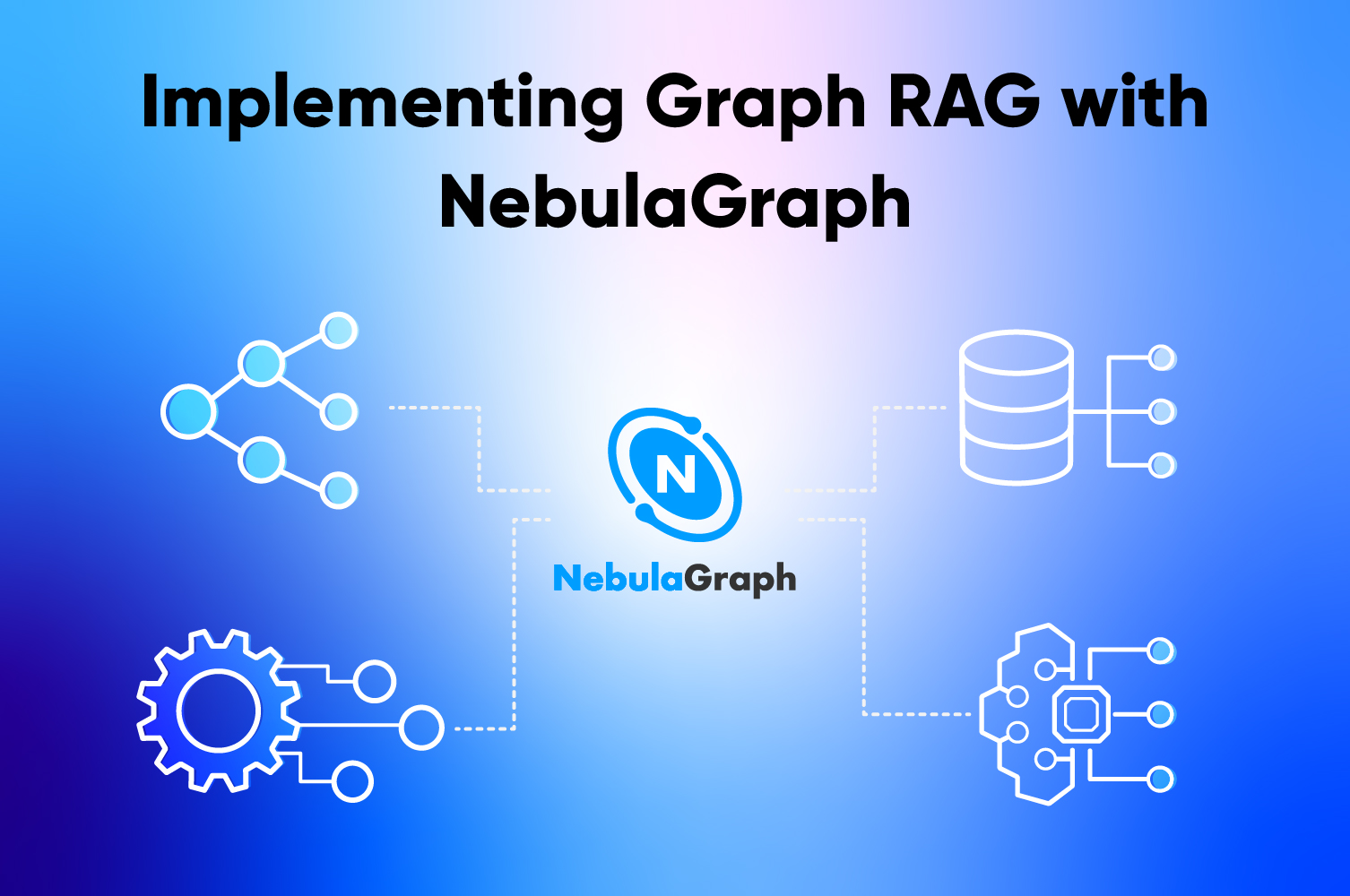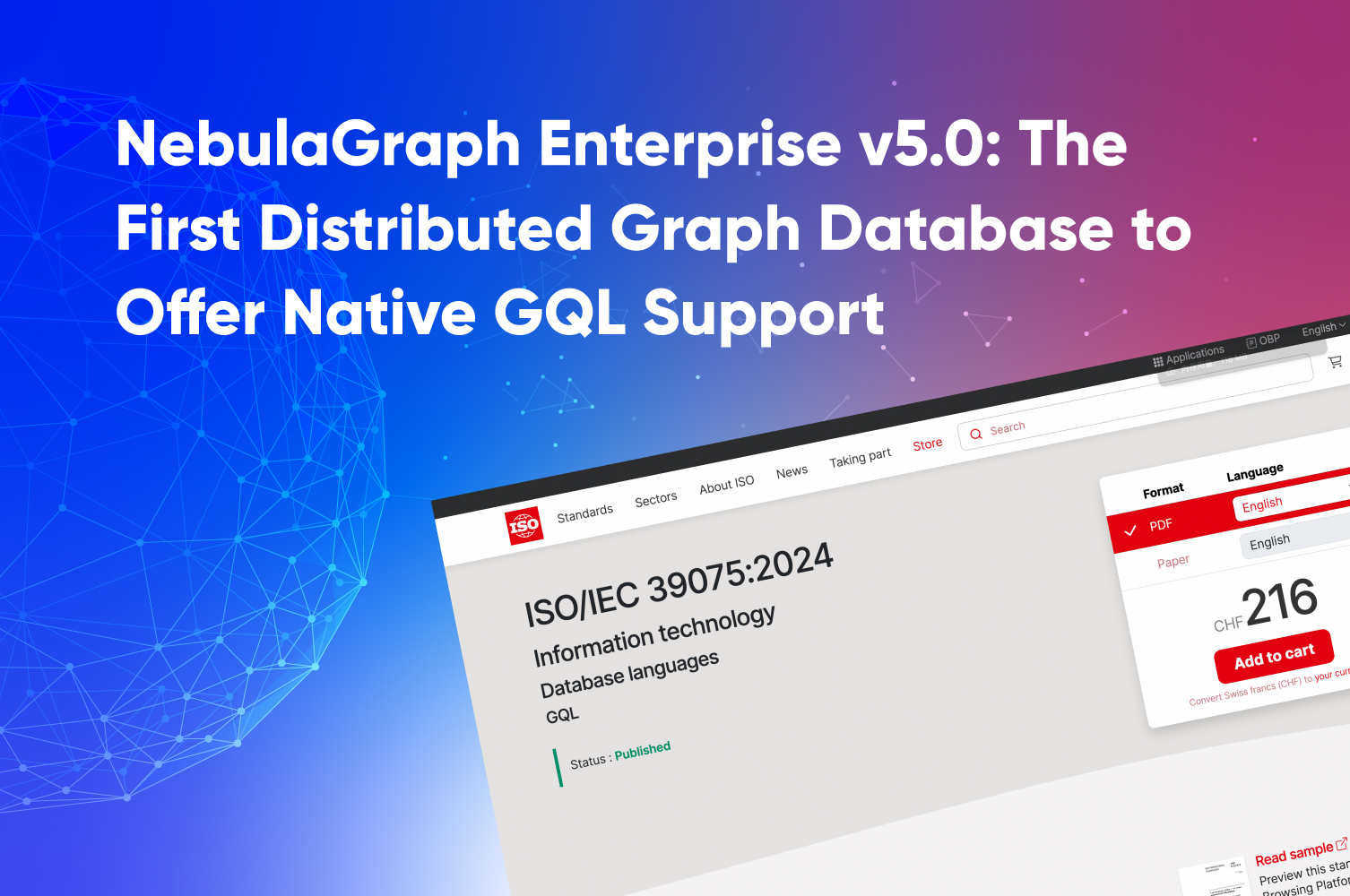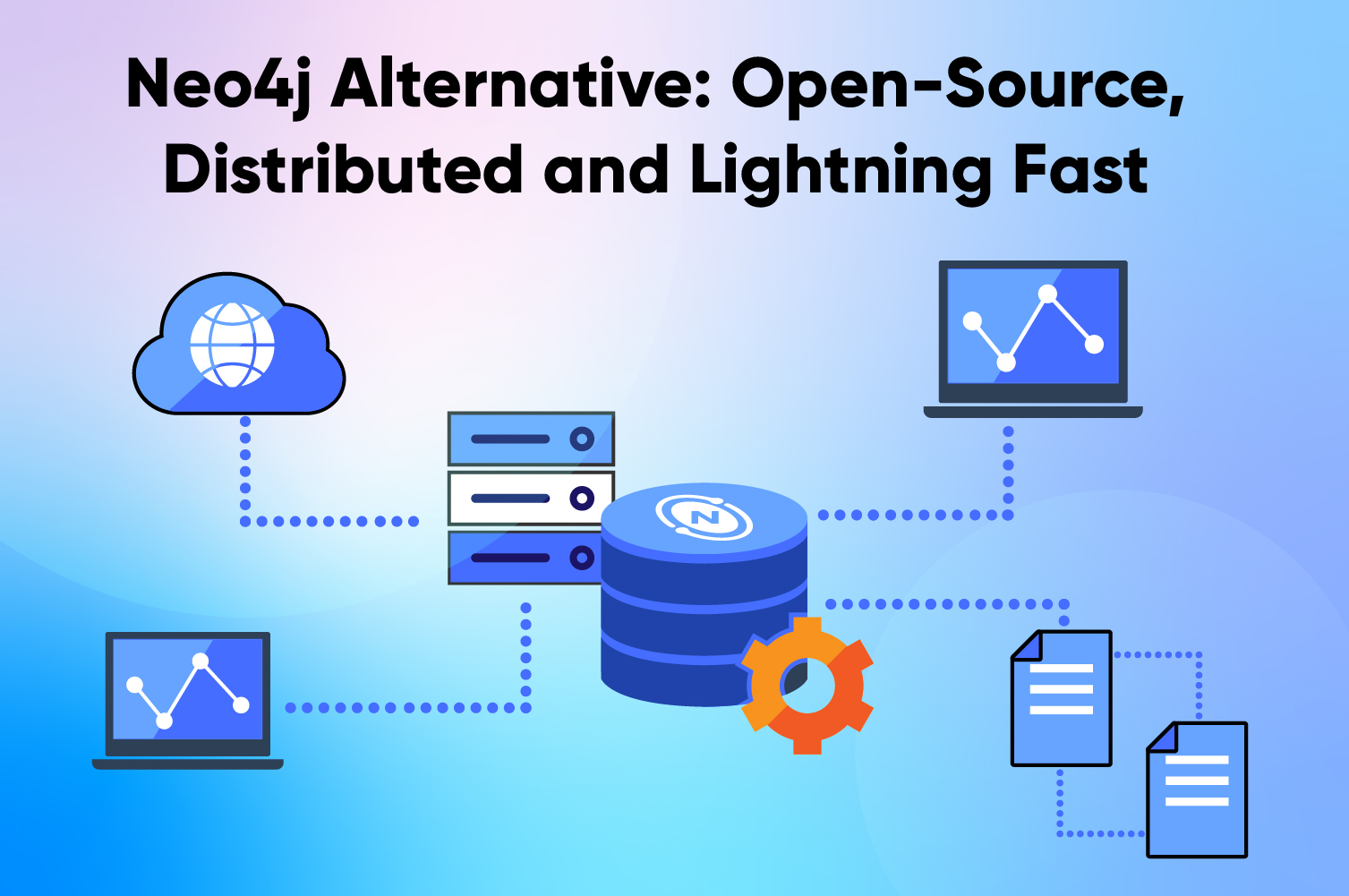architecture
The Connection Between Knowledge Graphs and Machine Learning
Machine Learning has become the fundamental pillar of Artificial Intelligence. And companies are putting it into use cases that are delivering iconic results. Whether it's providing recommendations to shoppers online or helping in making decisions related to cooling of data centers, this technology is simply revolutionary.
However, as we marvel at the rewarding benefits of ML, we must never forget that Machine Learning is driven by data. But there's a catch: the data ought to be sourced correctly, be clean and connected. Knowledge graphs solve the catch, and this is where the connection with machine learning comes in.
You see, when you have a lot of information from which you need to infer important relationships, the traditional simplistic methods like copying records and pasting them in some spreadsheet don't cut it. Neither can web scraping do it, as much as it's helpful for collecting information especially from the web. To solve such challenges, the intersection between knowledge graphs and machine learning becomes extremely important.
For illustration purposes, put yourself in the shoes of a data analyst tasked with ranking musicians based on a set of defined parameters. Some of these parameters could be the number of each musician’s songs that have been featured on top of at least x charts, number of major events the musician has attended, annual income threshold, etc. Now, if you were to get data relating to these items for just one musician, then the work would be easy. But what if you need to get this data for thousands of musicians? The amount of work is voluminous. Luckily, knowledge graphs can work with machine learning to make such work a piece of cake - and this is just one small example. It's a magical connection as we'll discover in the rest of this article.
Also Read: The Power of Graph Databases to Unleash the Full Potential of AI
The knowledge graph
A knowledge graph is a structured representation of knowledge. Information is organized in a graph format, linking entities, facts, and relationships to provide context and facilitate understanding. This way, the knowledge is enhanced for specific uses. For example, Google's knowledge graph is used to enhance search results. Other top tech companies as well as many other corporations and small to medium businesses also use knowledge graphs to achieve two key goals:
- Better user experience
- Better organization of information for efficient retrieval.
Knowledge graphs are being used in real-world use cases by an increasing number of businesses of all sizes in almost all industries.
Also Read: How to Build a Knowledge Graph
Machine learning
As we know, machine learning is the development of computer systems (popularly known as models) that have the ability to learn from data and eventually perform tasks without being instructed directly.
Knowledge Graph + Machine Learning - The Big Connection
You may have very good data sources with right information that will improve the quality of your ML algorithms. But you need to easily feed this data to the machine learning models. Knowledge graphs make this much easier to accomplish - compared to other alternative approaches. They do this by helping in modeling domain knowledge and connecting disparate sources of data.
Knowledge graphs bring the best out of machine learning models. With knowledge graphs, the results that machine learning models give are better refined with and deliver high levels of trust because of rich explainability.
How the Connection Between Knowledge Graphs and Machine Learning Works
Simply put, knowledge graphs enhance or enrich machine learning models. With this enhancement, the data is ripe for easy consumption by all sorts of ML models and other systems. The result? Less time sourcing data, cleaning and repurposing it for ML consumption. This is achieved through various approaches including augmentation, mapping and storage. For example, knowledge graphs can augment training data in situations where the data that a machine learning model is using is insufficient.
Knowledge graphs also capture critical metadata. This metadata is useful to ML, as it ensures that the results the model gives are based on accurate facts that are classified with precision.
A knowledge graph can also combine results from different ML models to come up with a more powerful model that can inform transformative decisions such as the introduction of new products, risk discovery, etc.
To accomplish all these, the first thing a knowledge graph does is that it brings out the deep relationships that are inherent in data. Next, they add semantics to the data to enhance its meaning and context. These two steps give rise to intelligence, transforming the data from a boring mountain of information to an intelligent, easy to use source of rich knowledge.
"Context" here means the additional information or background that helps understand the significance or meaning of the data. This allows machine learning models to make more informed decisions or predictions.
Context has been elusive in the traditional approaches that ML models have been using. It's not easy to process data structures and connections. But with knowledge graphs, this is easy.
With this understanding, we'll now discuss the workings of knowledge graphs from the lens of the core areas where the combination with machine learning delivers big results.
1. Knowledge graphs enhance data collection & cleaning
Data collection is the giant step in the all important relationship between knowledge graphs and machine learning. Of course, this data can come from anywhere. Web scraping is the most common data collection method if you are building large knowledge graphs that will be used by millions of people, especially the public. Web scraping is basically the use of a web crawler or a bot to copy the information you need from the web to the database, e.g a graph database. But if you are going to collect data from various sources within the company, then you will likely employ more alternative approaches. For data that is going to be utilized by machine learning models, a knowledge graph fits the bill.
The process of collecting and cleaning data before channeling it to use is one that data scientists have dreaded for a long time as it was always manual. Commonly known as data wrangling, data scientists spent so much time looking for and organizing the data sources, before extracting the right information from these sources and eventually feeding it for use - like for training ML models. It used to be such an intensive exercise.
Knowledge graphs enhance data sourcing. Specifically, they are deployed to track the source of the data (where it's coming from). In doing the tracking, knowledge graphs provide answer to these fundamental questions:
- The origin of the data
- The different changes the data has undergone
- Where the data has been used or is being used
- Who has used the data or who is using it
This audit trail is useful as well for industries where compliance is paramount, like healthcare and finance industries that are heavily scrutinized by regulators.
2. Knowledge graphs enhance data accuracy & security
Without accuracy and security entrenched into the data that machine learning models rely on for training, the results will not be of value. Knowledge graphs deliver this component through visualization capabilities.
Instead of operating on vectors, a machine learning model that incorporates knowledge graphs operates from a graph structure. What this means is that the models can always leverage new sets of information, making them even more accurate in terms of the results they provide.
3. Knowledge graphs enhance ML model training
Machine Learning algorithms need to be fed with data to train on. Without context, the training becomes complex and this restricts the models in terms of which use cases they can be deployed in. But knowledge graphs bring context, and this solves the challenge. This context empowers machine learning models to be more efficient in prediction. Besides, it widens the scope of use for the ML system.
The entry of knowledge graphs has also transformed the training process completely. They have made it possible to train models on unified data - meaning the data is free of conflicting definitions.
This is possible through the use of what we call an inference engine. With an inference engine, all that is needed is to apply rules on the data - instead of copying the underlying data. So if, for example, you have multiple data sets that contain similar data but named differently, an inference engine unifies these datasets and pulls them as one data. This saves an enormous amount of time.
4. Knowledge graphs enhance quality analysis
When you finally have a complete machine learning model, it needs to be analyzed to establish if it's truly delivering value. Is it performing to expectations? Is it making the correct predictions?
This is the investigation stage, and knowledge graphs make it so easy to carry out thanks to the relationship information that is already included. Domain experts can use built-in features to establish all the facts. They can troubleshoot and debug outlier outcomes or test hypotheses.
Use cases for knowledge graphs with machine learning
Across many industries, companies are finding interesting use cases that harness the power of knowledge graphs with machine learning.
From simple applications to complex ones that deliver immense value for the organization, here are some examples:
- Predictive maintenance: This is mostly applicable in the manufacturing industry. Manufacturing companies can extract important information from equipment and machinery documents. This information is then added to a knowledge graph. The knowledge graph leverages relationships to give context to the data. This context is then applied to the machine learning models. With this context, the models can accurately predict when machines are due for maintenance. This saves companies a lot of time plus expenses in addition to improving productivity.
- Shopping bot: eCommerce companies can leverage knowledge graphs to add context to the models that power tools like recommendation engines so that they can make more refined decisions with regard to user intent.
The connection between knowledge graphs and machine learning is also symbiotic. For example, machine learning can be used to make it easy to construct knowledge graphs. A good example is extracting entities and relations.
How NebulaGraph Enables the Augmented Power of Knowledge Graph
NebulaGraph, an open-source distributed graph database, is built for super large-scale graphs with milliseconds of latency. Adhering to this principle, NebulaGraph introduced Graph RAG, an acronym for Retrieval-augmented generation, which is an AI framework for enhancing the quality of responses that are generated by Large Language models. This solution pioneered the Text2Cypher technology, making it possible to build and query knowledge graphs based on natural language.
With this, you get to enjoy powerful capabilities in data management, easy understanding of semantics, and extraction of information. Learn more about NebulaGraph and Large Language Models.
Also Read: Graphs and Language
Conclusion
The key takeaway is that since knowledge graphs offer an intuitive and logical way to capture relationships in complex data and convey the meaning of those relationships in a simple way, they can be used in combination with Machine Learning to introduce intelligence to the data that ML models use to train. This gives the models the context that they need to give results that are more accurate and explainable. This is the essence of bringing knowledge graphs to machine learning.
In short, knowledge graphs are exactly what companies needed to realize the full potential of AI systems. This ability has been elusive even as more and more organizations embraced AI. But with the entry of knowledge graphs, we are going to witness an era of contextual AI where AI will fulfill its promise as the ultimate solution for complex challenges in organizations.
Essentially, when you combine knowledge graphs with machine learning, you are extending the capabilities of machine learning beyond the ordinary. It's like adding advanced skills to employees through excellent training and certification. This way, the results provided by the ML models will be more solid, grounded, explainable and with high trust levels.


